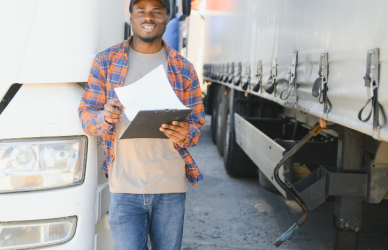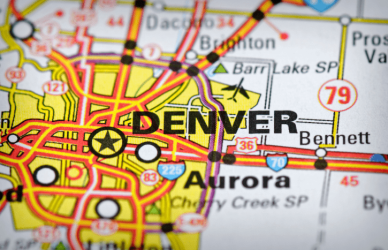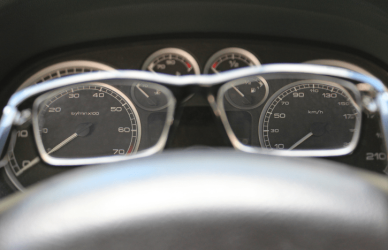While self-driving trucks may still be a way off, delivery pods are gaining popularity for some deliveries such as pizza and sandwiches.
Nuro, with a fleet of self-driving pods that look like giant toasters, started shuttling orders for Domino’s in Houston this week, adding to its freight from Kroger and CVS. Kiwibot, a five-year-old startup, unveiled its newest delivery bot that can go indoors to airports, malls, hospitals and offices.
Kiwibot’s Chief Operations Officer Diego Varela Prada says their goal is to cut delivery costs and times in half for restaurants, retailers and customers. “Everyone talks about last-mile delivery, and they don’t really mean last mile,” Varela Prada explains. “We really mean it — one mile and less in dense, urban areas.” The new Kiwibot will even roll into elevators, he said.
These companies are figuring out how the machines are being received by the public at large, a question previously left out of the self-driving narrative. Previously considered unattractive and a bit remote looking, now Kiwibot can display 22 different “faces” on its forward screen, including hearts and a wink
“It generates engagement and trust, and trust is one of the top blockers when it comes to adoption,” Varela Prada said. “We see the transactional, functional aspect of a robot going hand in hand with the emotional aspect of it.”
Calling the Nuro and Kiwibot rigs “self-driving” is a stretch although Nuro declined to say whether its pods have any human chaperones, as has been the protocol in the past. Kiwibot droids are monitored remotely in much the same way military pilots fly drones. The economics, however, are already starting to pan out.
Nuro figures almost half of short trips in the U.S. are for groceries or errands. Meanwhile, online food delivery in the U.S. is somewhere around a $30 billion business, about half the size of ridesharing. It got a major boost during the pandemic though, when crowds of people stopped opening their Lyft and Uber apps.







